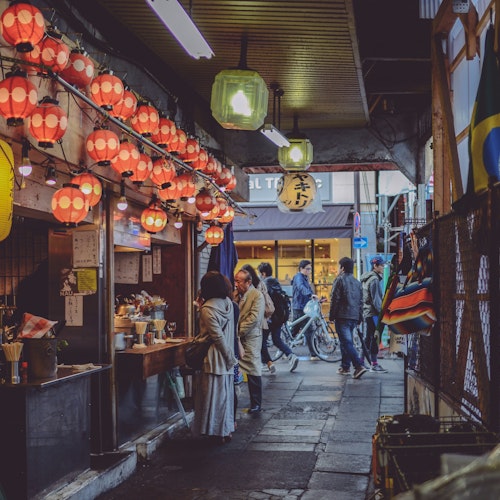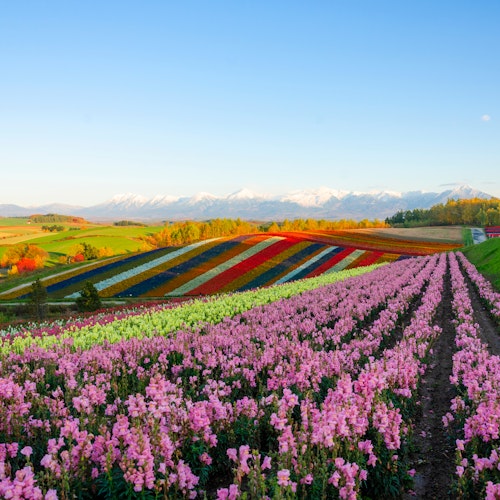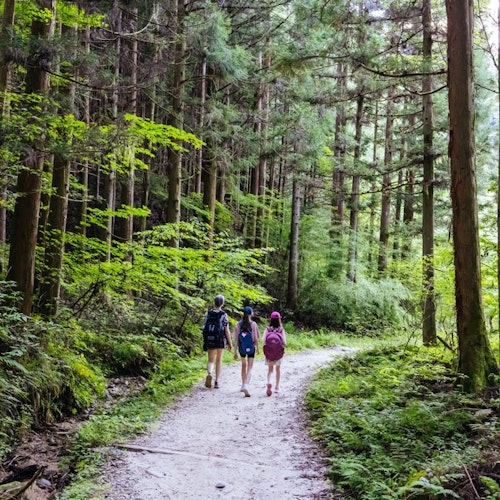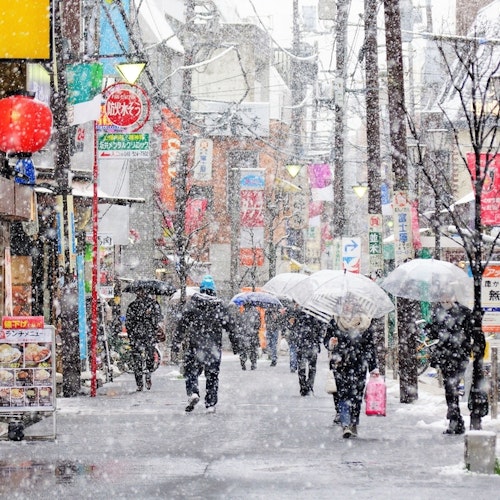
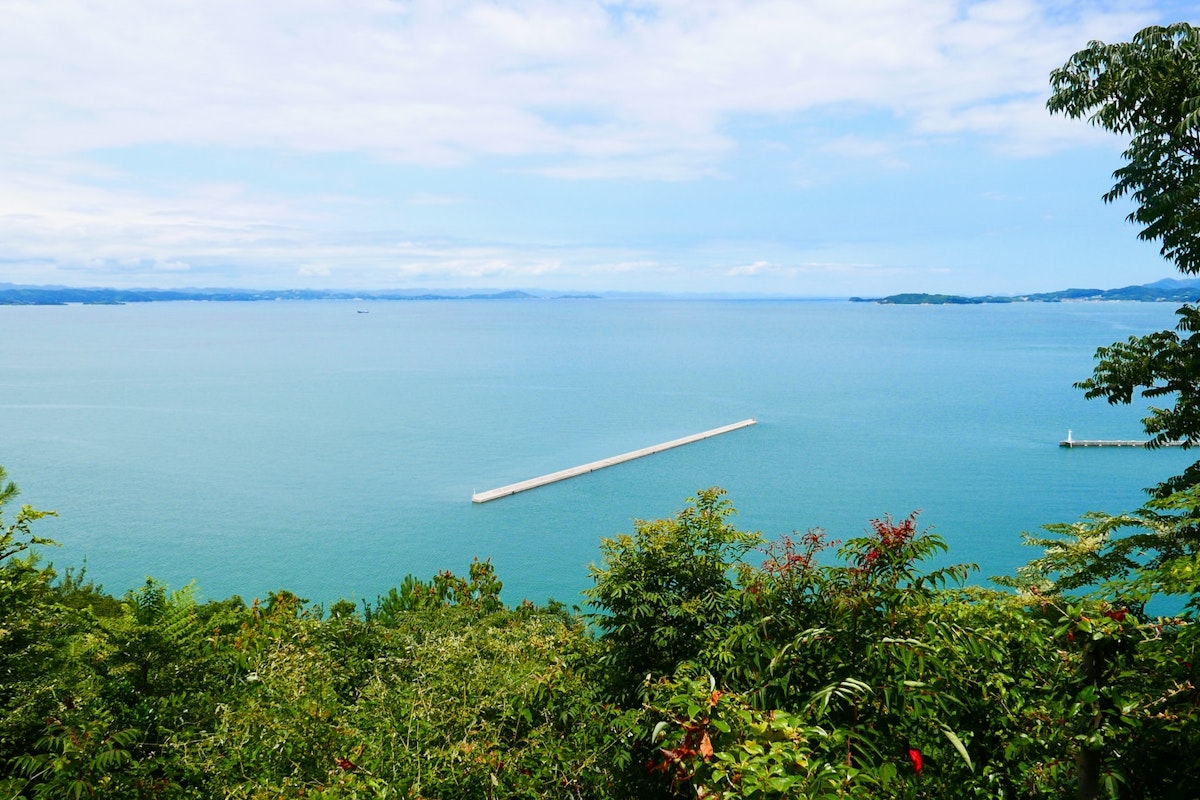
Japan, an archipelago stretching across the eastern coast of Asia, is a nation renowned for its harmonious blend of tradition and technology. Iconic for its bustling metropolises like Tokyo, the ethereal beauty of Kyoto, and the culinary haven of Osaka, the country draws millions of visitors each year. Yet, often overshadowed by its urban allure, the intriguing tapestry of Japan's islands, beaches, and the marine adventures they offer remains a lesser-told tale. Each island, with its unique geographic characteristics, paints a distinctive part of this mesmerizing island nation's landscape, far removed from the neon lights and skyscrapers that usually define it.
From the turquoise waters of Okinawa in the south to the icy marine frontiers of Hokkaido in the north, Japan's extensive coastline beckons with an array of stunning vistas and exhilarating experiences. The subtropical beaches, volcanic islands, tranquil coastlines, and marine biodiversity invite you into a world where the rhythm of waves whispers tales of adventure and serenity alike. Whether you're a sun worshipper, an adventure enthusiast, or a naturalist at heart, journeying through Japan's islands and coastlines promises a treasure trove of experiences waiting to be discovered.
Okinawa, located over 640 kilometers south of mainland Japan, is a chain of 160 islands that forms Japan's southernmost prefecture. Steeped in a rich history, Okinawa was once the center of the Ryukyu Kingdom from the 15th to 19th centuries, an independent trading nation that fostered unique cultural, political, and economic relationships with Japan, China, and Southeast Asia. This unique position in history has lent Okinawa a distinct cultural identity, differing from the rest of Japan, which is still evident today in its customs, music, dance, and cuisine.
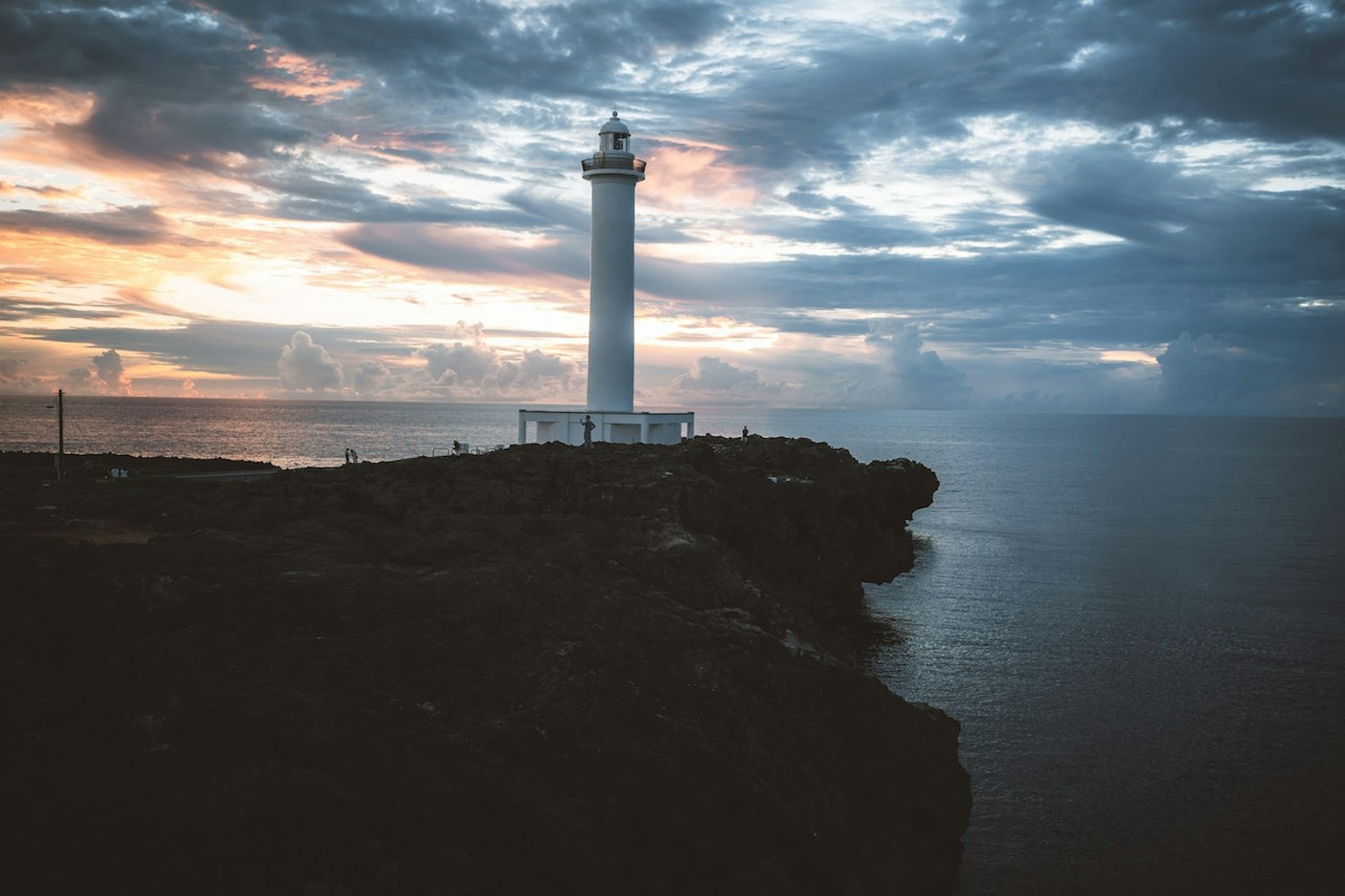
Geographically, Okinawa is closer to Taiwan than to Tokyo, resulting in a subtropical climate that gifts the region with mild winters and warm summers. This climate allows for a vibrant array of flora and fauna, both on land and underwater, to thrive, making Okinawa a paradise for nature enthusiasts and marine adventurers alike.
Okinawa's beaches are renowned for their clear turquoise waters, powdery white sands, and vibrant coral reefs that lie just offshore. Among these, Furuzamami Beach on Zamami Island and Kondoi Beach on Taketomi Island stand out for their exceptional beauty. Furuzamami Beach, awarded two stars in the Michelin Green Guide Japan, is prized for its fine white sand and the dazzling array of tropical fish that can be seen even from the beach's edge. It is the perfect spot for sunbathing, swimming, and snorkeling.

Meanwhile, Kondoi Beach, located on the tiny island of Taketomi, offers an idyllic island experience. Here, traditional red-tiled Ryukyu houses are scattered amongst white sand paths lined with stone walls, and water buffalos leisurely pull carts amidst this tranquil scenery. Kondoi's shallow crystal clear waters are safe even for children, making it a favorite among families.
For marine adventurers, Okinawa is a treasure trove. The region's crystal-clear waters and thriving coral reefs make it one of the best snorkeling and diving spots in Japan. Okinawa is home to a third of all known coral species, resulting in reefs that brim with life and color. The Kerama Islands, located west of Okinawa's main island, are a renowned snorkeling spot. They're famous for their diverse marine life, including over 400 types of corals, vibrant schools of tropical fish, sea turtles, and manta rays.
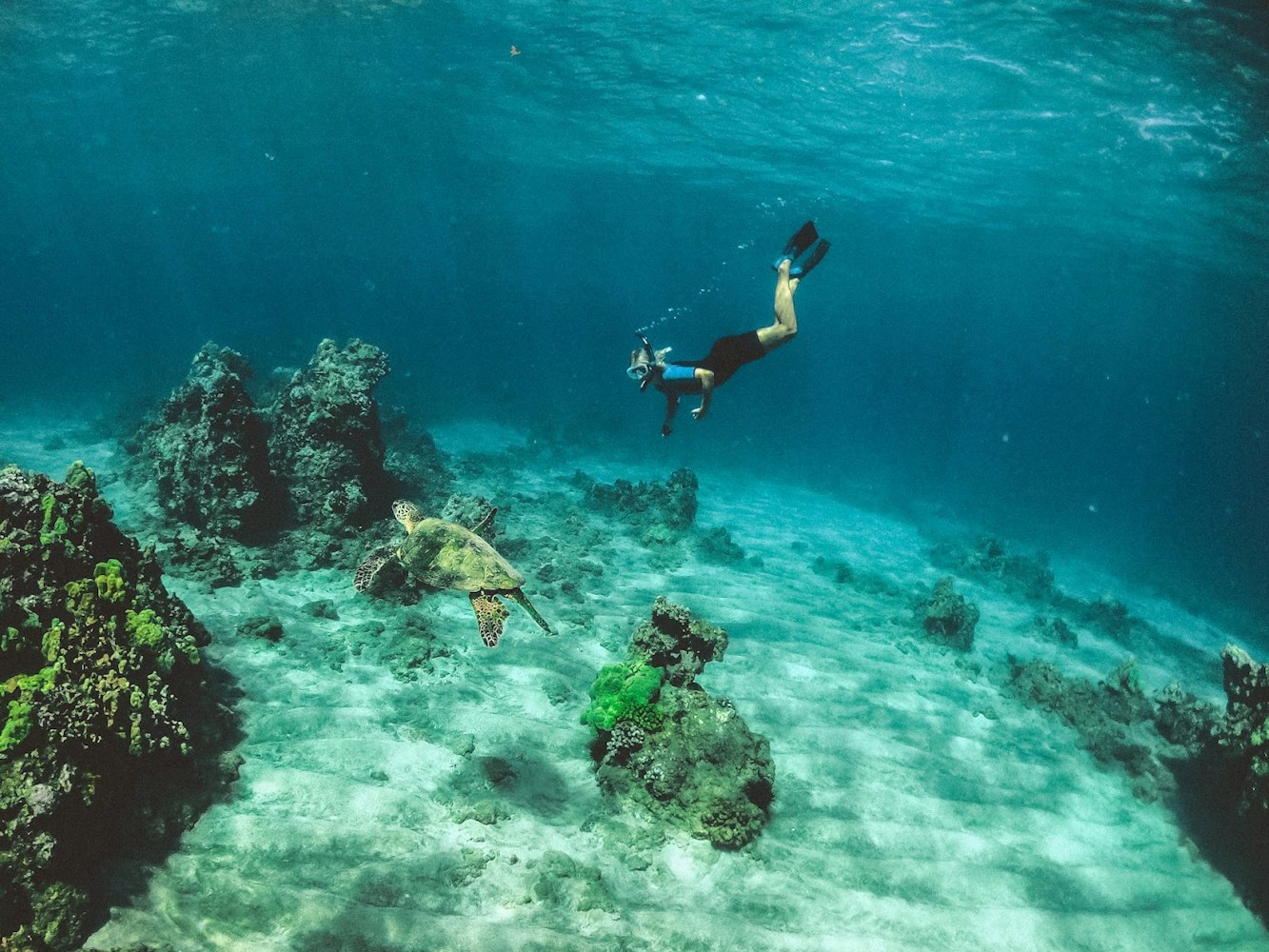
In fact, the waters around the Keramas are so clear that they've been given the name "Kerama Blue." Okinawa also offers unique diving experiences, such as the Yonaguni Monument, an underwater rock formation off the coast of Yonaguni, Japan's westernmost inhabited island. The formation, believed by some to be the remains of an ancient civilization, offers an unparalleled adventure for experienced divers.
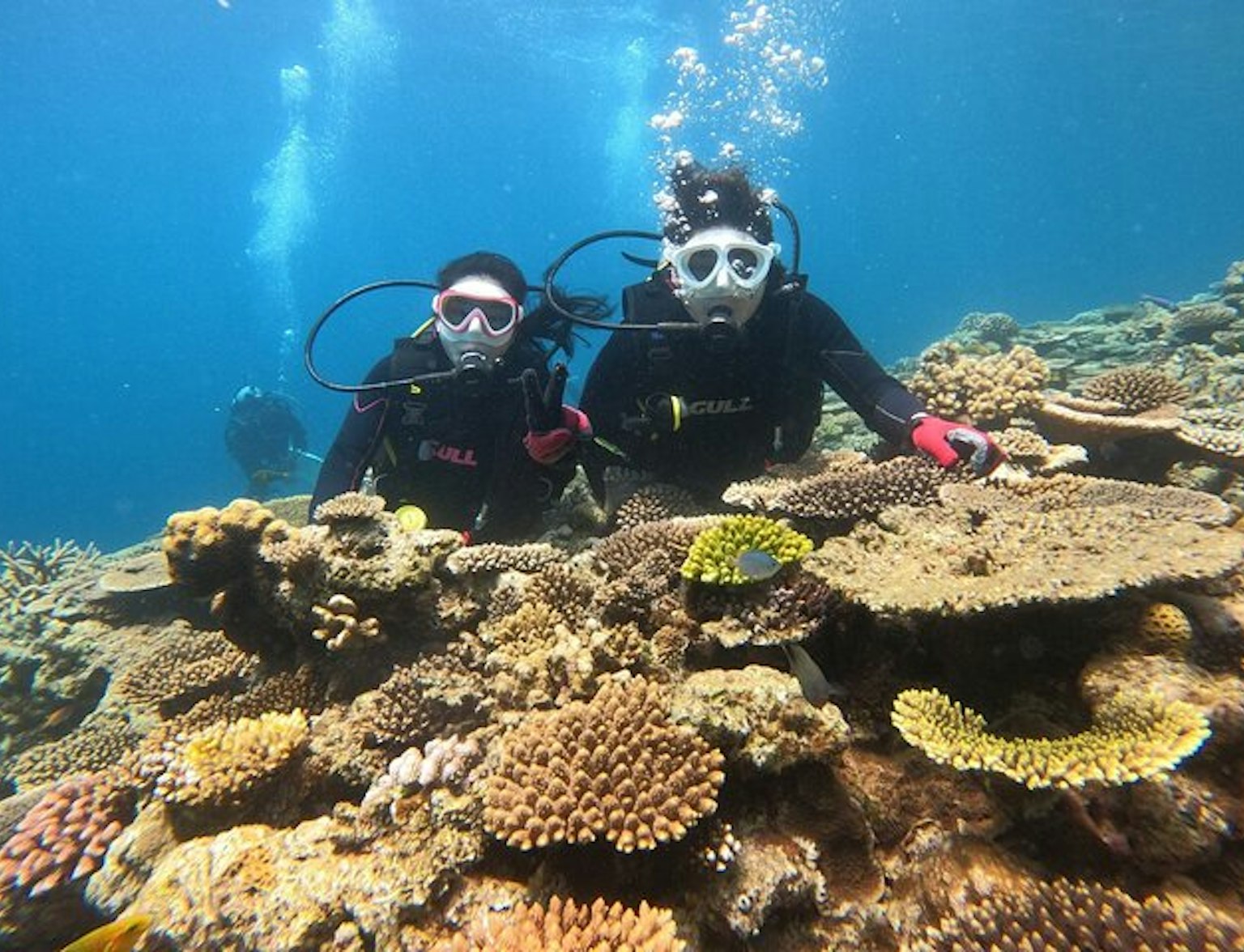
Witness Okinawa's breathtaking marine life.
The Izu Islands, stretching south from Tokyo in the Pacific Ocean, are volcanic wonders offering unique geological features and vibrant ecosystems. Part of the larger Fuji-Hakone-Izu National Park, these islands invite you into a world sculpted by volcanic activity, adorned with rugged terrains, bountiful hot springs, and picturesque seaside vistas. The islands provide an open window into the Earth's core, demonstrating the dramatic impacts of volcanic activity on the natural world.

Each island in this chain has its unique appeal, from hiking volcanic craters to relaxing in natural hot springs and exploring vibrant underwater worlds. Combined with a serene pace of life distinct from Japan's bustling cities, the Izu Islands offer a compelling blend of adventure, relaxation, and cultural immersion.
Miyakejima Island, located about 180 kilometers from Tokyo, is a key attraction in the Izu Islands chain. This captivating island is an active volcano site, which last erupted in 2000, and continues to enthral locals and tourists alike with its unique allure and diverse wildlife.
Diving enthusiasts find Miyakejima particularly appealing. The island's underwater world is a maze of lava formations, caverns, and tunnels, providing an enchanting stage for viewing a plethora of marine life. Warm and crystal-clear waters offer impressive visibility, enhancing the diving experience and facilitating encounters with large fish, sea turtles, and colourful coral species.
Niijima Island is a peaceful retreat for those wanting to escape the fast-paced city life. Characterized by its abundant white rhyolite, the island presents a striking moon-like landscape and an ideal blend of exhilaration and relaxation.
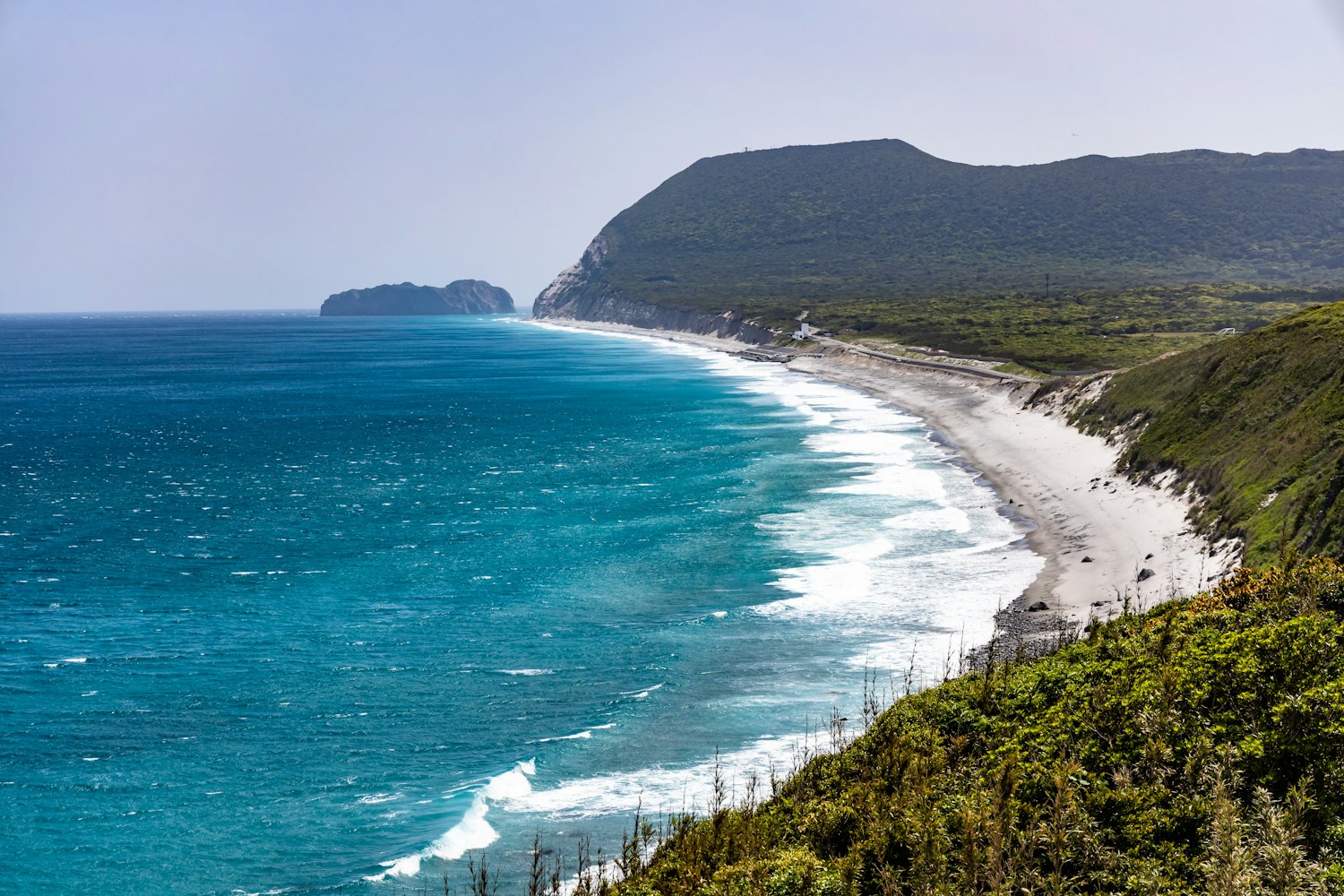
Niijima is renowned for its natural hot springs, or onsens. The open-air bath at Yunohama, with views overlooking the vast Pacific Ocean, provides a uniquely relaxing experience. For thrill-seekers, Niijima offers impressive waves at the Habushiura Coast. A well-known surfing spot, this beach is a magnet for surfers globally and hosts the annual Izu Islands Surfing Competition.
Yakushima Island, a UNESCO World Heritage Site located south of Kyushu, is a haven of ancient cedar forests and diverse wildlife. This subtropical island's unique ecosystem is home to some of the oldest living trees in the world, such as the Jomon Sugi, thought to be up to 7,200 years old. The island's dense forests are often referred to as 'Yakushima Green' due to their lush, verdant hues, and they are often enveloped in a mystical mist, earning the island the nickname of 'the Alps of the Ocean.'
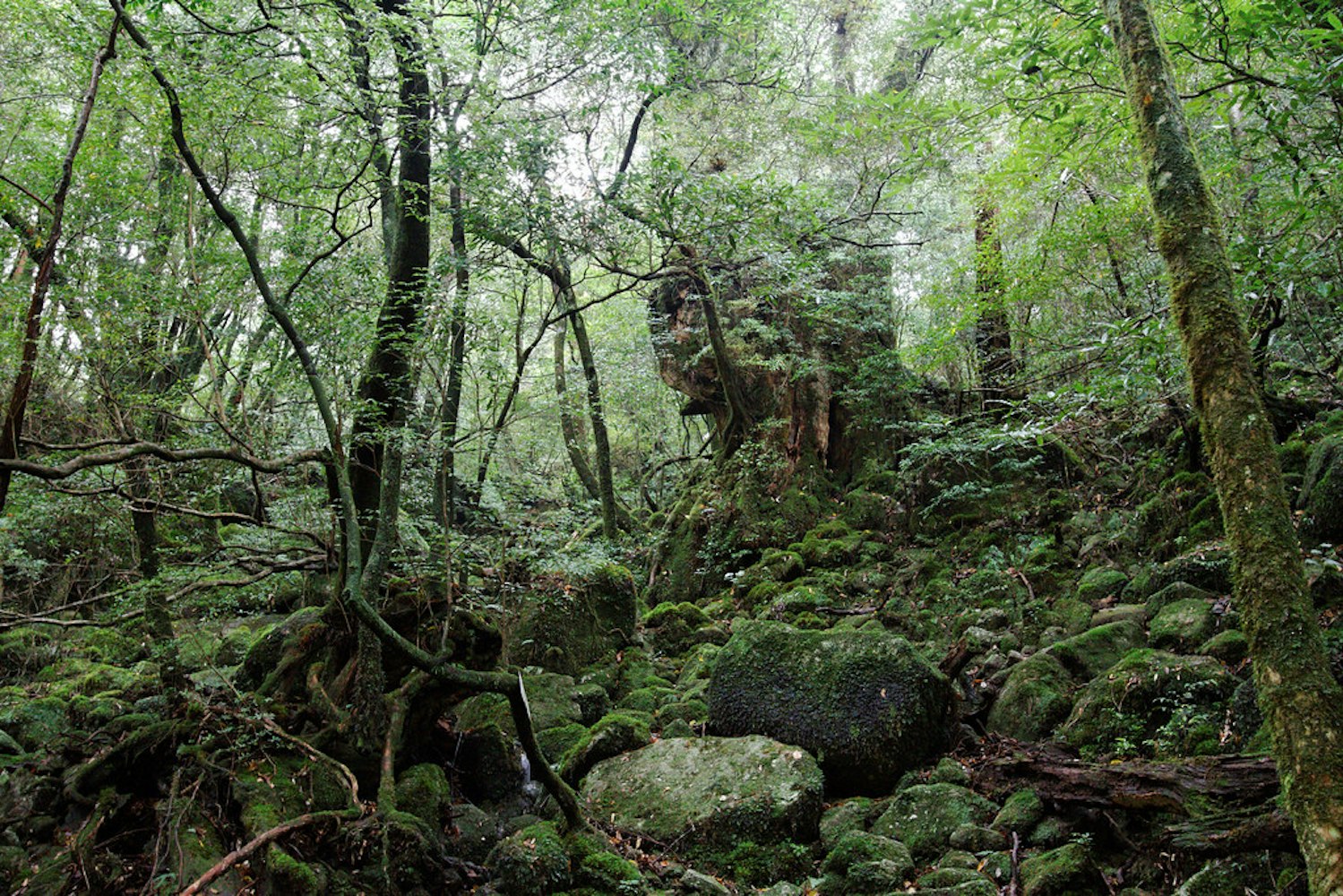
Image Credit: Kimon Berlin
The island's natural beauty extends beyond its forests to its rugged coastlines and clear waters. It's a place where waterfalls cascade down mountain slopes, hot springs bubble up from the earth, and ancient trees reach toward the sky, their roots embedded in history. The unique combination of a warm climate, heavy rainfall, and fertile soil has created a vibrant environment teeming with life, making Yakushima a paradise for nature lovers.
Yakushima offers a variety of hiking trails that traverse through its ancient cedar forests, providing visitors with the opportunity to immerse themselves in its enchanting natural beauty. These trails range from easy walks suitable for families to challenging routes for experienced hikers.
One of the most famous trails is the Jomon Sugi trail, leading to the oldest and largest cedar tree on the island, the Jomon Sugi. The trail runs through the heart of the island, weaving through the moss-covered forest and offering glimpses of Yakushima's diverse flora and fauna. The hike is challenging but rewarding, offering spectacular views of the island's verdant landscape and the opportunity to stand in the presence of the ancient Jomon Sugi itself.
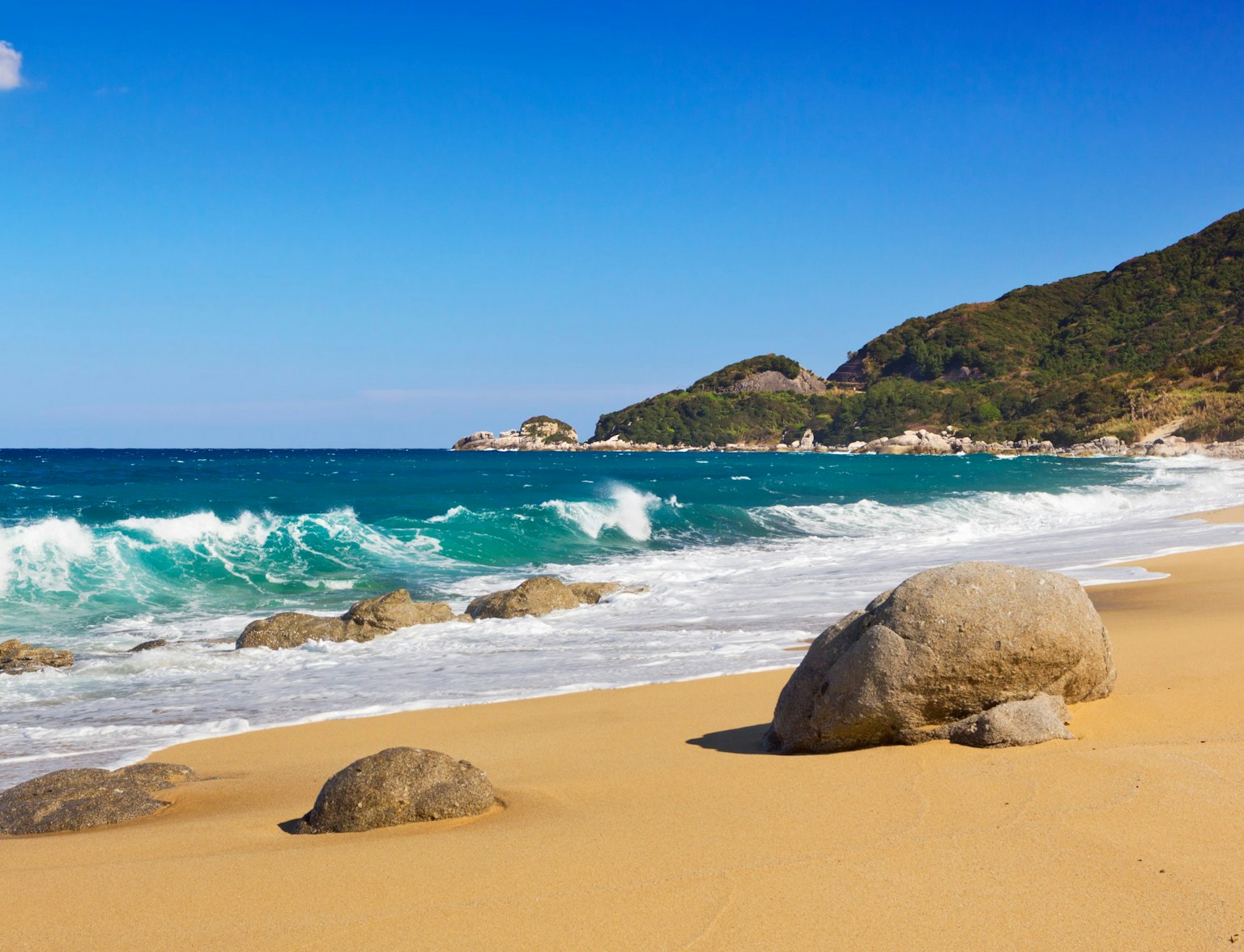
Recommended for tourists in Yakushima.
Yakushima's beauty isn't limited to its forests. The surrounding waters offer a variety of marine adventures, from snorkeling and diving to sea kayaking and fishing. The island's warm, clear waters and diverse marine life make it a favorite among snorkelers and divers.
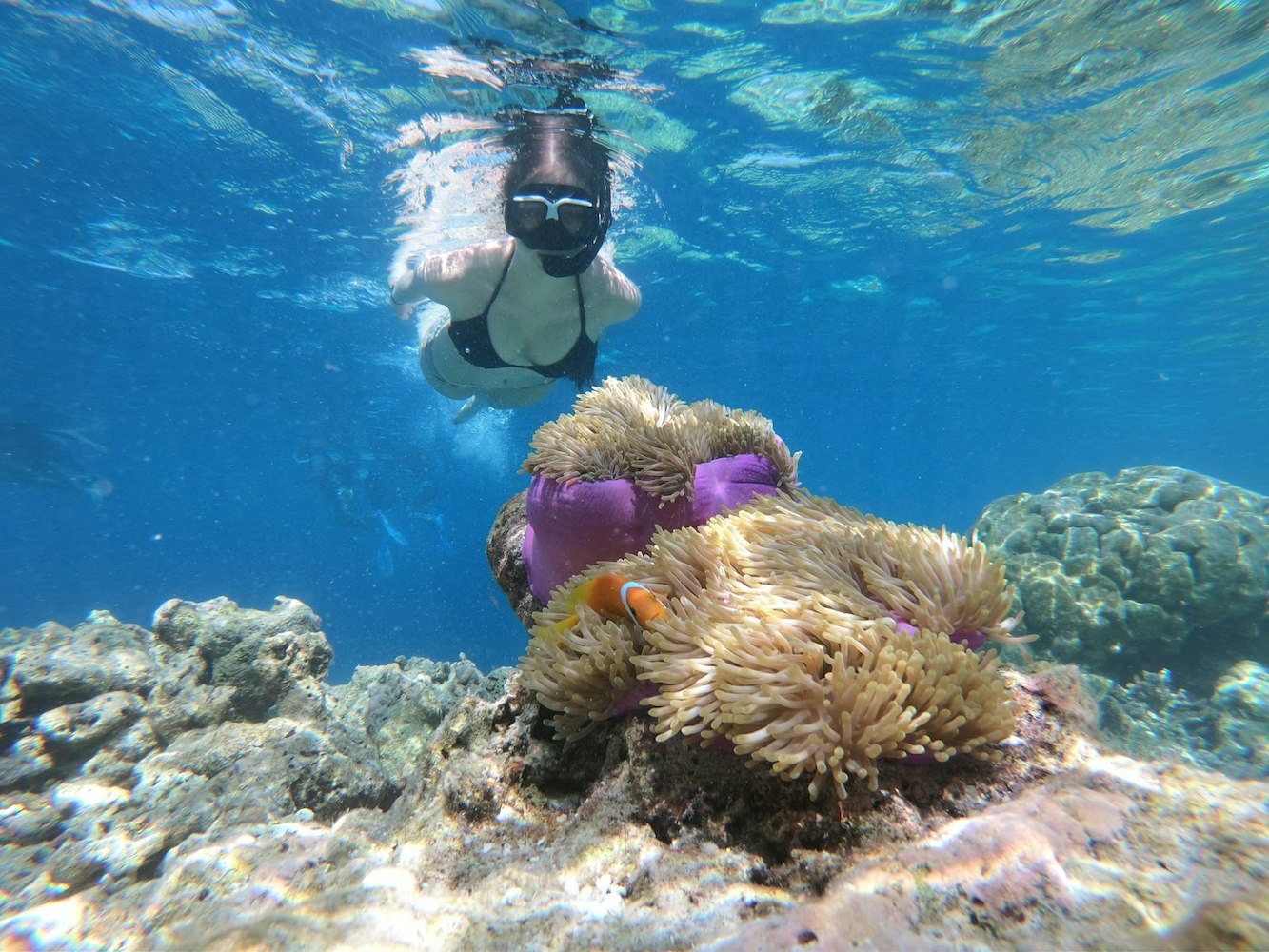
One of the most remarkable experiences in Yakushima is the opportunity to witness the nesting of loggerhead turtles. Between May and August, these turtles come ashore to lay their eggs, particularly at Nagata Inaka-hama beach. Underwater, divers can explore coral reefs and encounter a variety of marine life, including tropical fish, sea turtles, and even dolphins. Whether you're trekking through its ancient forests, swimming among its vibrant marine life, or simply absorbing the island's serene beauty, Yakushima offers a journey into a world where nature's power and tranquility coexist.
Shikoku, the smallest of Japan's four main islands, is an underrated gem offering an array of natural beauty and cultural attractions. Nestled between the Seto Inland Sea and the Pacific Ocean, Shikoku is known for its dramatic coastal landscapes, unspoiled nature, and traditional Japanese culture that has been carefully preserved over the centuries.
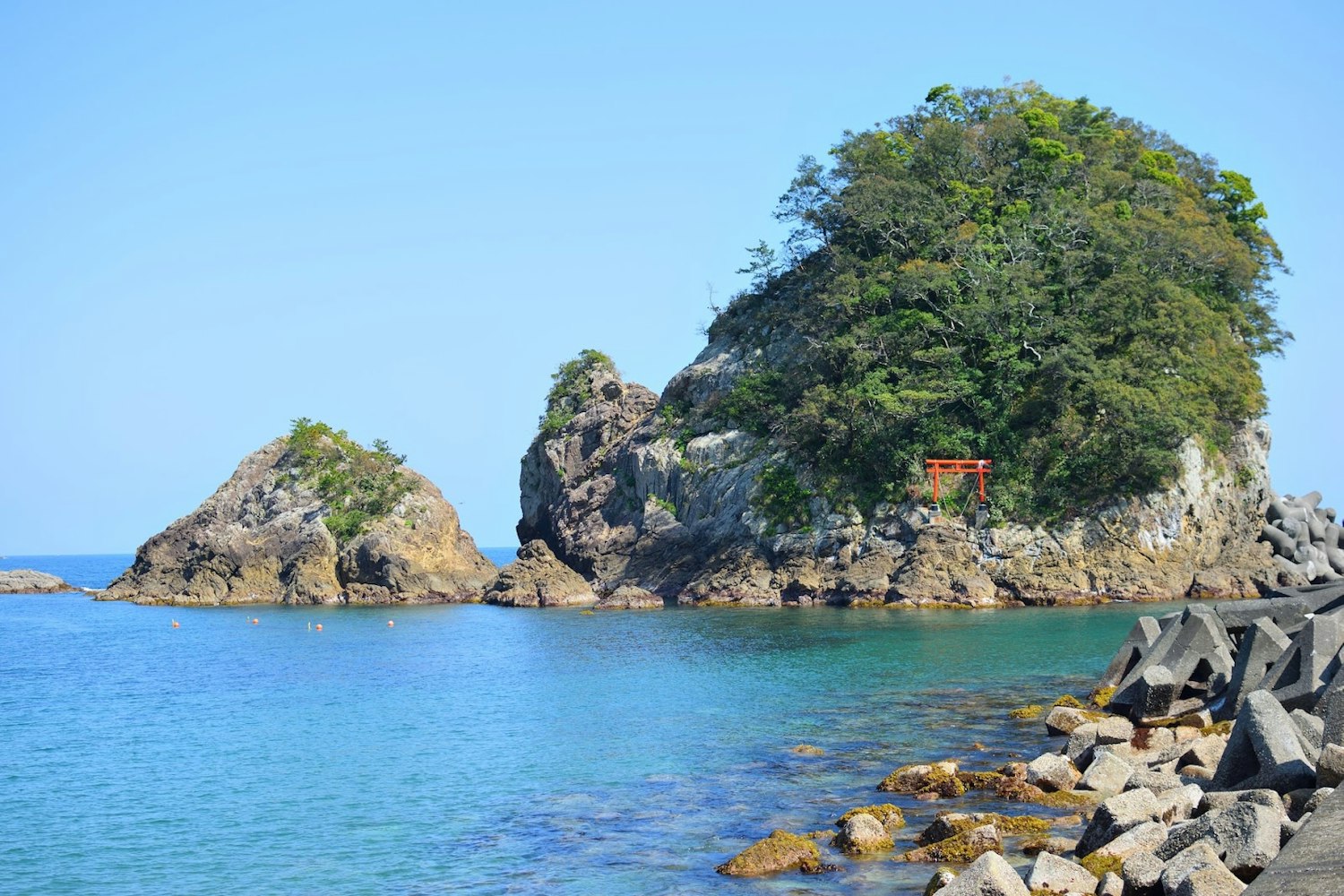
The island is famed for its ancient pilgrimage route, the 88 Temple Pilgrimage, which draws visitors from around the world. But beyond the temples, Shikoku's coastal charm lies in its picturesque seascapes, scenic rivers, and idyllic rural landscapes. From the forested mountains to the tranquil coastal towns and bustling marketplaces, the island's diverse environments and activities make it a fascinating destination for all types of travellers.
The Shimanto River, often referred to as Japan's last pristine river, flows gently through the southwestern part of Shikoku. Unencumbered by any dams, the river maintains a free-flowing, crystal-clear course that provides a habitat for a wide variety of fish and bird species.
A popular destination for outdoor enthusiasts, the Shimanto River offers exciting water activities such as river rafting and canoeing. These activities provide an excellent way to enjoy the serene beauty of the river while having an exhilarating adventure. As you navigate the river's gentle currents, you will be surrounded by verdant forest landscapes, providing a unique perspective on the region's natural beauty.
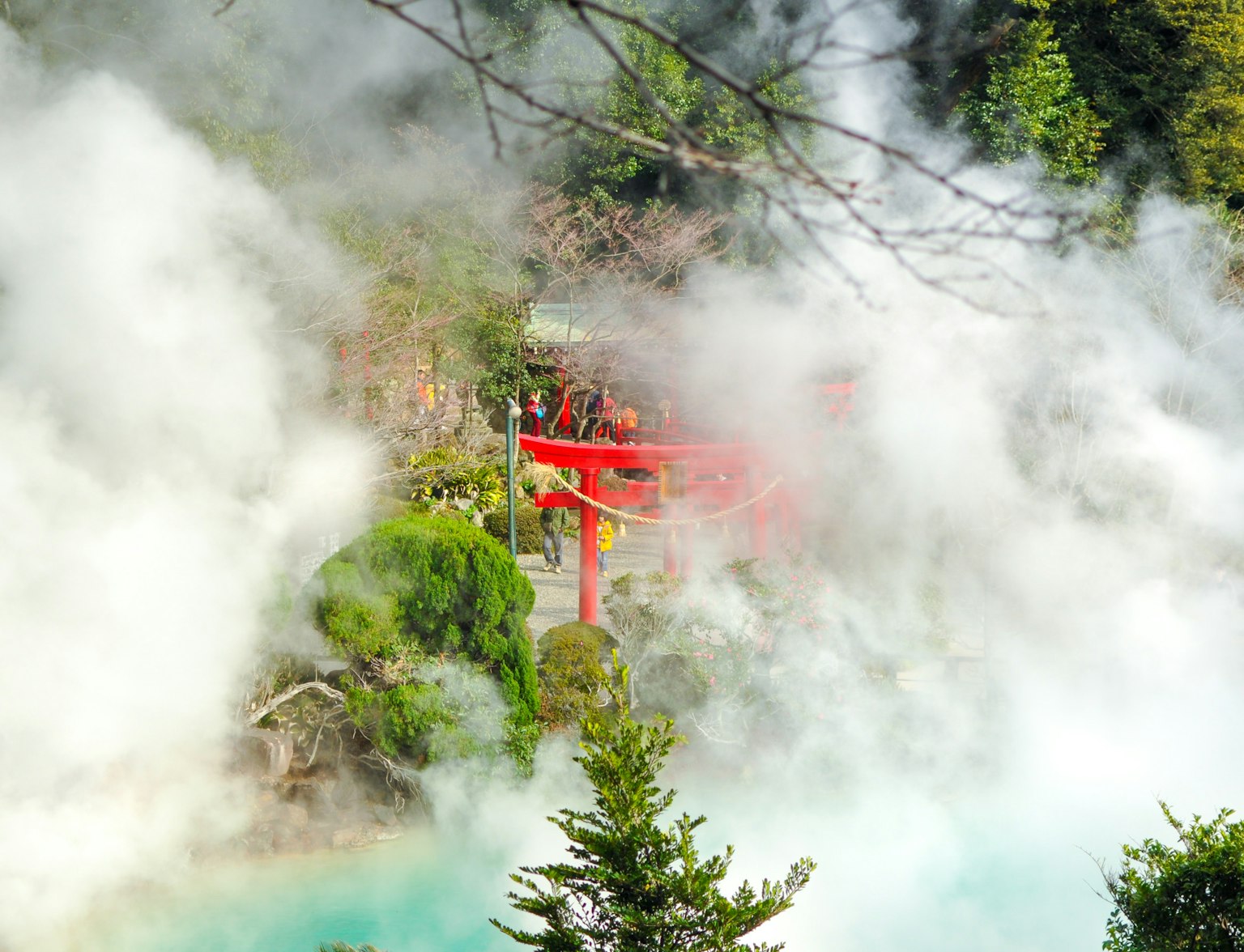
See Shimanto River with this tour.
Shikoku's south coastline is a treasure trove of natural wonders and cultural experiences. This area boasts beautiful beaches where visitors can relax and enjoy the sun, surf, and sand. The coastline is also home to the Naruto Strait, famous for its powerful whirlpools. These whirlpools, some of the largest in the world, are a thrilling spectacle and can be viewed up close from sightseeing boats or from the Uzu no Michi walkway.
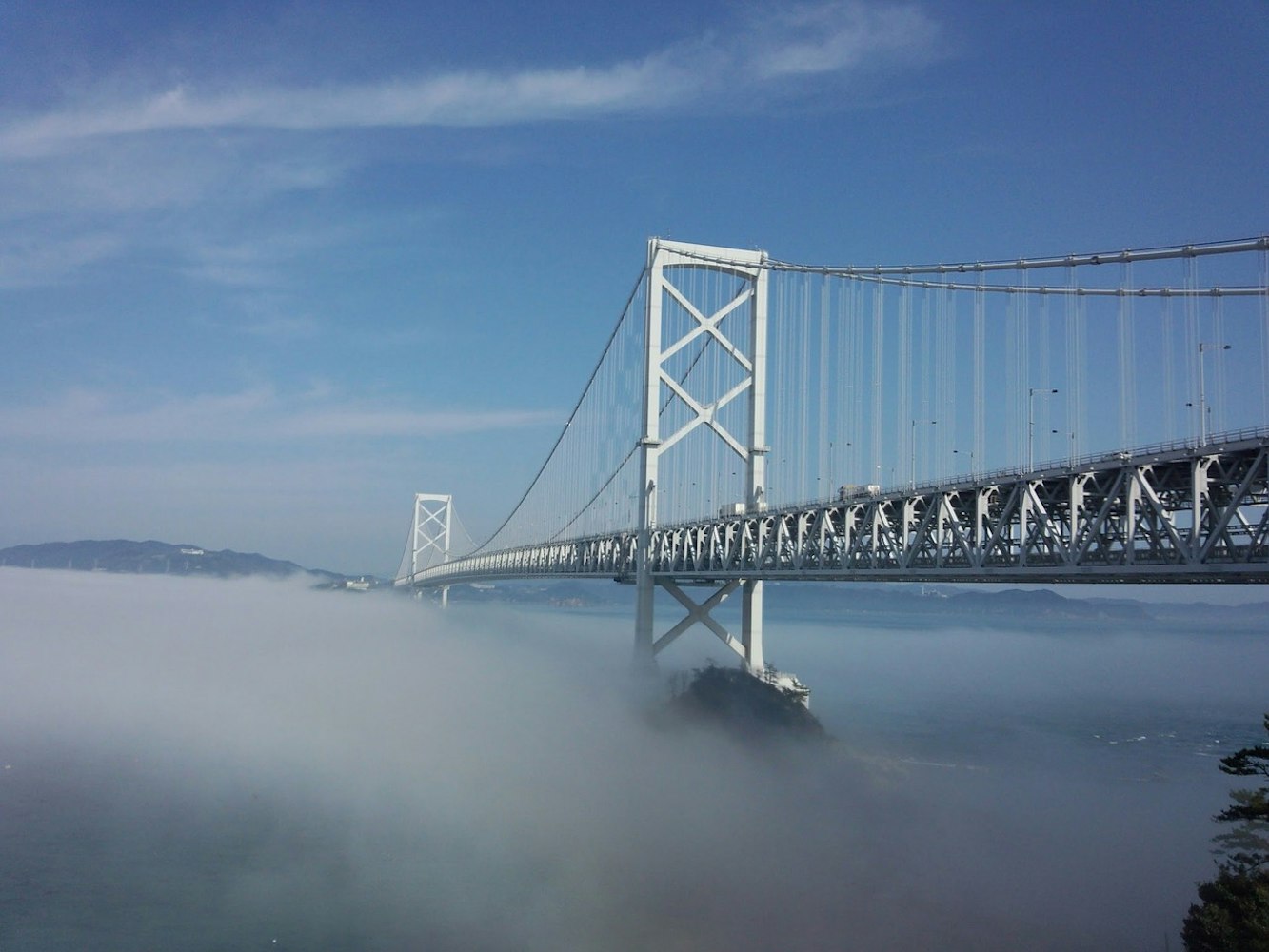
In addition to its natural attractions, the south coastline of Shikoku provides a glimpse into Japan's traditional fishing culture. In the town of Tosa, for example, you can observe the age-old method of Katsuo (bonito) fishing and even try the freshly caught fish. Whether you're seeking an encounter with nature or an immersive cultural experience, Shikoku's south coastline offers an unforgettable journey through Japan's lesser-known coastal charms.
The Ogasawara Islands, also known as the Bonin Islands, are an archipelago of over 30 subtropical and tropical islands located approximately 1,000 kilometers south of Tokyo. These remote islands are only accessible by a 24-hour ferry ride from the mainland, offering a true escape from the hustle and bustle of city life.
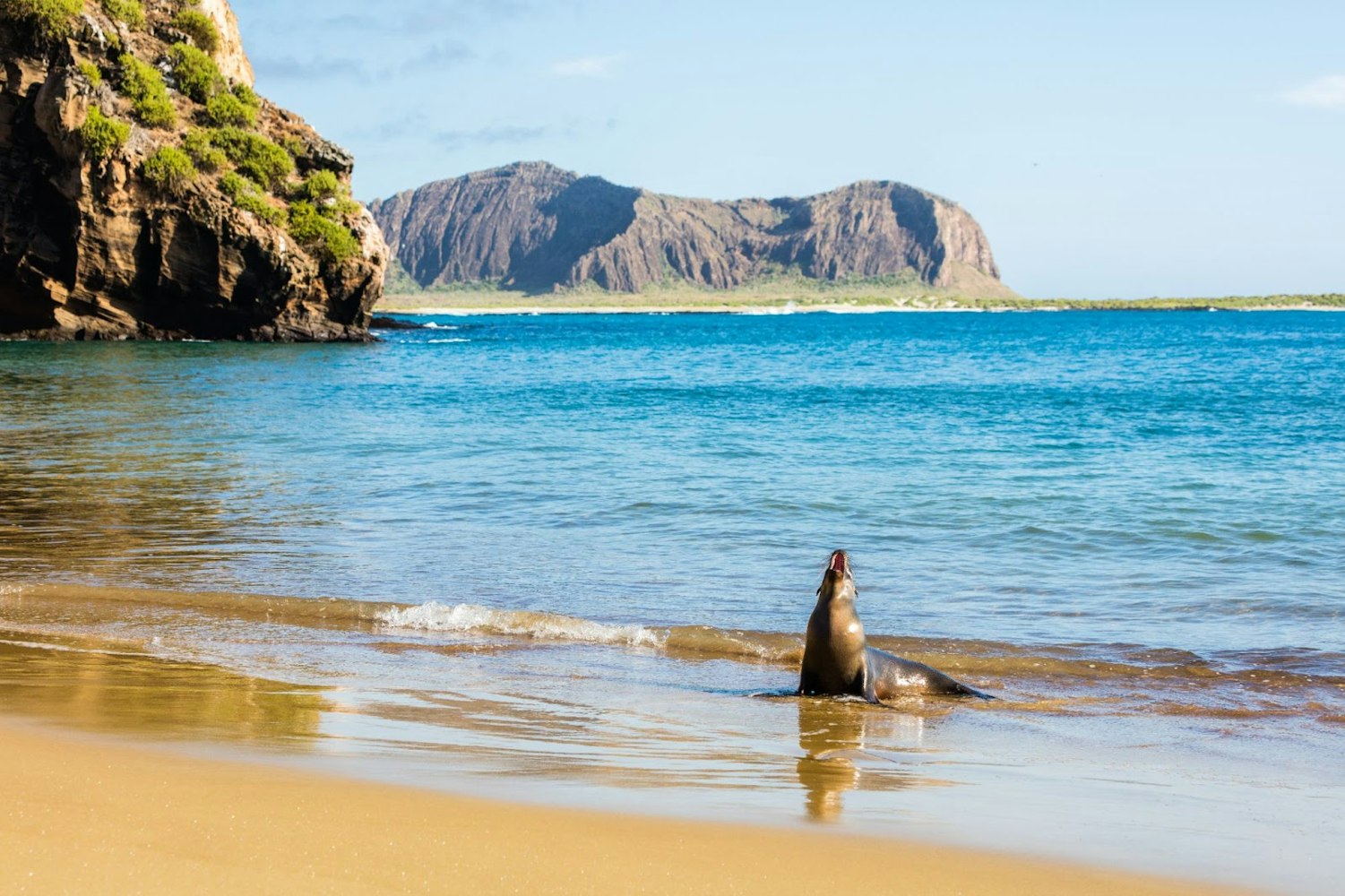
Image Credit: Diego Delso
Designated as a UNESCO World Heritage Site in 2011, the Ogasawara Islands are celebrated for their unique ecosystems. The islands have often been referred to as the "Galapagos of the East" due to their high proportion of endemic species - creatures that are found nowhere else on earth. The islands' isolation has resulted in rich biodiversity, both on land and underwater, providing a haven for nature lovers, scientists, and those simply seeking a slice of untouched paradise.
Ogasawara's unique location and isolation have resulted in a rich marine biodiversity that's simply unparalleled. The warm waters surrounding the islands are teeming with colorful coral reefs and a variety of marine species, including tropical fish, manta rays, and several types of sea turtles.
Diving and snorkeling here present an opportunity to see bottlenose dolphins and a variety of whales, including humpbacks and sperm whales. With crystal-clear waters providing excellent visibility, these activities offer an incredible chance to observe these majestic creatures in their natural habitat. Whether you're a beginner or an experienced diver, exploring the underwater world of the Ogasawara Islands is a thrilling adventure that's not to be missed.
Hokkaido, Japan's northernmost island, is a stark contrast to the rest of the country. Its vast wilderness, diverse wildlife, and relatively unspoiled landscapes make it a must-visit destination for outdoor enthusiasts. Unlike the rest of Japan, which is heavily populated, Hokkaido boasts a relatively low population density and large tracts of untouched wilderness, providing a haven for a variety of animal species.
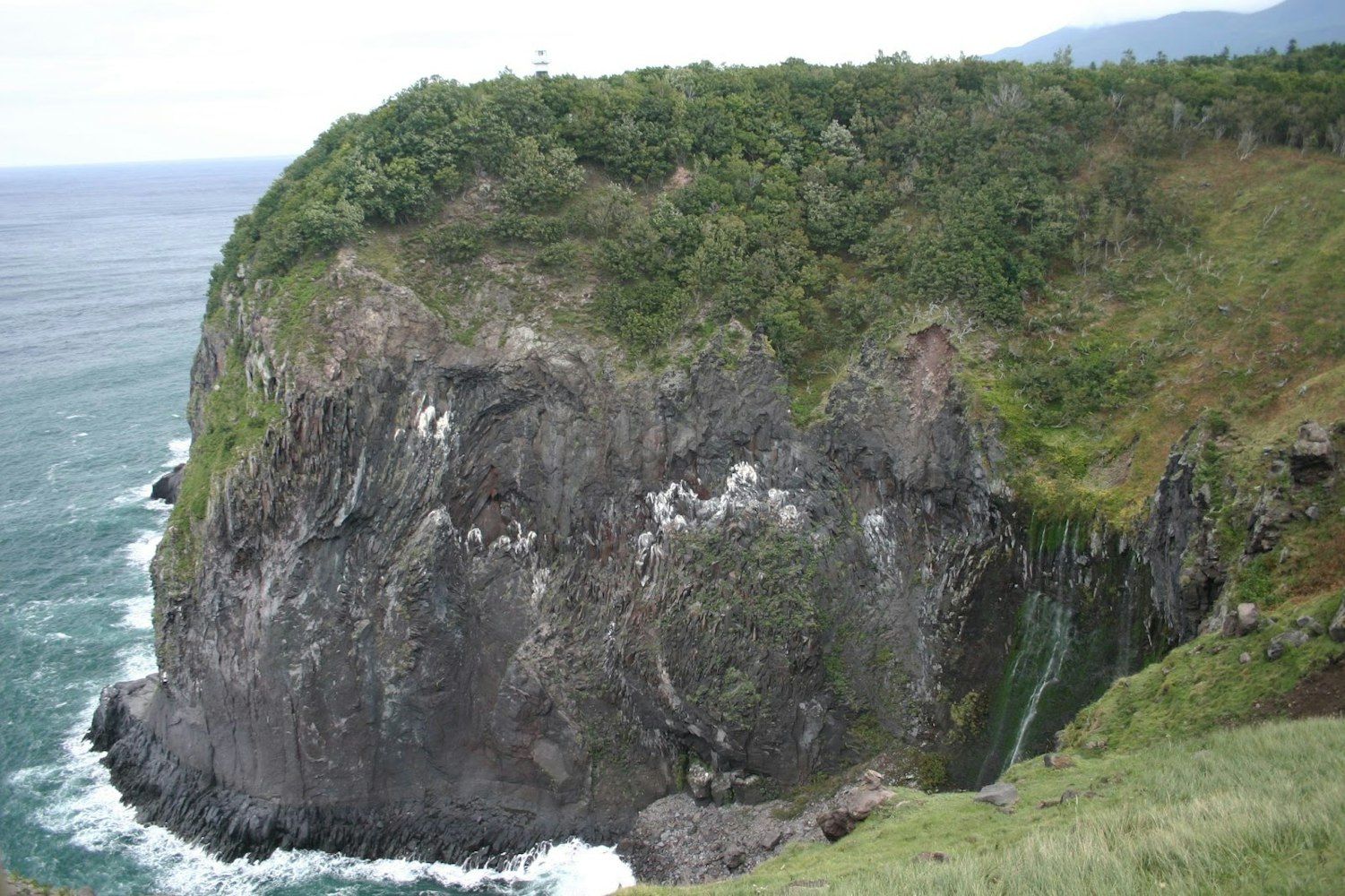
One of the crown jewels of Hokkaido is the Shiretoko Peninsula, a UNESCO World Heritage Site known for its rich biodiversity. This remote, mountainous region stretches into the Sea of Okhotsk and is home to various animal species, including brown bears, foxes, and a plethora of bird species. It's also a significant habitat for marine life, with the surrounding waters teeming with whales, dolphins, and a variety of fish species. The Shiretoko Peninsula embodies Hokkaido's unique character as a region where nature still holds sway.
The Sea of Okhotsk, off the coast of Hokkaido's Shiretoko Peninsula, offers one of the most unique diving experiences in the world: drift ice diving. In the winter months, the sea is covered with drift ice carried from the mouth of the Amur River in Russia, creating a surreal and beautiful icy landscape.
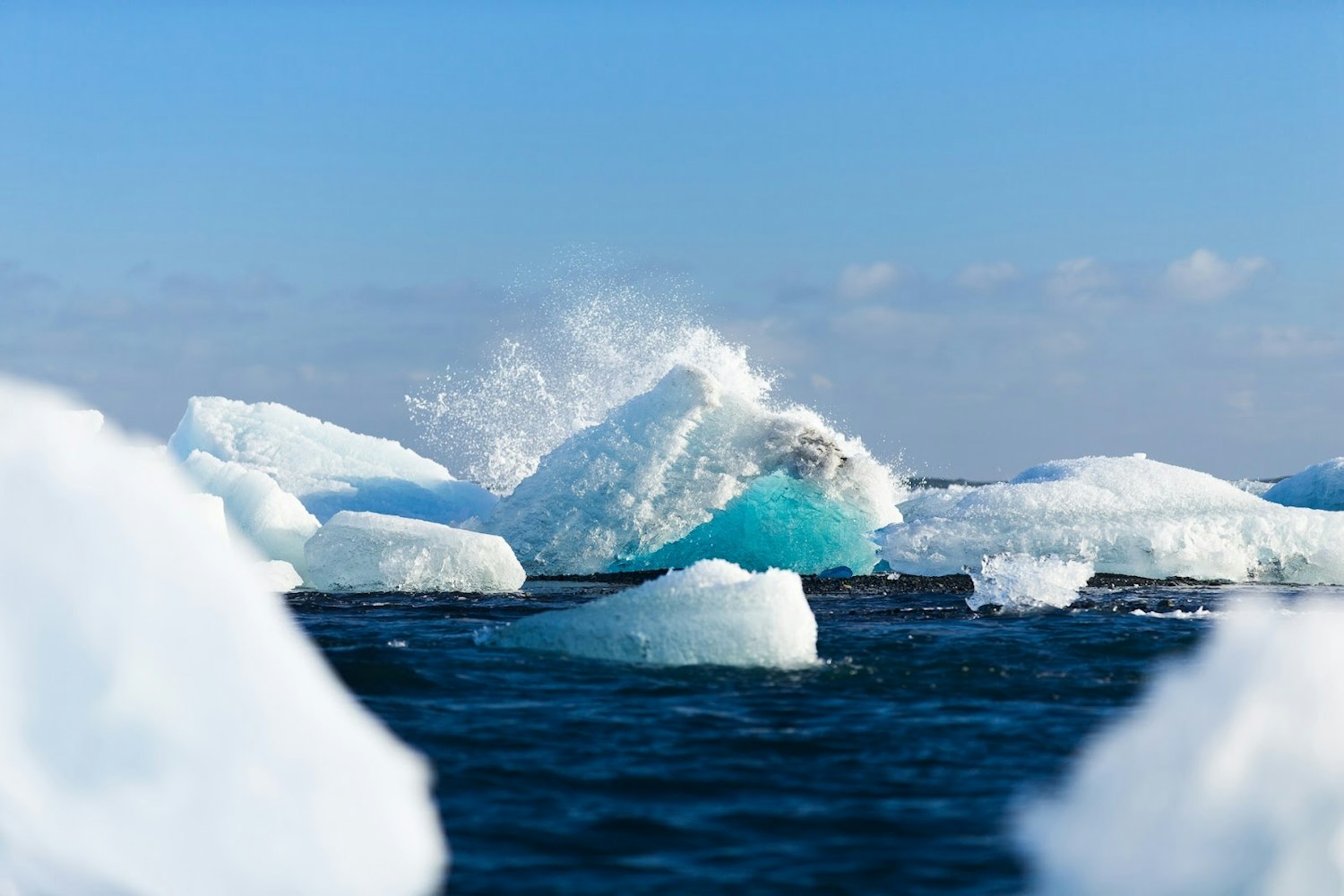
Underneath these icy surfaces, divers get a chance to explore a magical frozen world. The chilly waters of the Sea of Okhotsk are rich in nutrients, supporting a diverse array of marine life, including seals, sea angels, and a variety of fish species. Despite the cold, the visibility under the ice can be astonishingly clear, making it an unforgettable underwater adventure. Drift ice diving is a truly unique experience, capturing the harsh beauty and incredible resilience of nature in Hokkaido's northern wilderness.
Exploring Japan's islands, beaches, and marine adventures is akin to unwrapping a beautifully crafted gift, where each layer reveals new, unexpected wonders. Far from the predictable, each island, beach, and marine adventure contributes to a collective experience that is truly greater than the sum of its parts. As you venture into these lesser-known landscapes, you are not merely observing; you are participating in an age-old narrative of survival, adaptation, and coexistence. You become an integral part of Japan's natural tapestry, woven together by the timeless ebb and flow of the sea.
So, as you set sail on your next journey, remember: the heart of adventure beats in these untouched, often overlooked pockets of natural grandeur. They are the places where the song of the sea meets the whisper of the wind, where each sunset brings a promise of a new day and a new discovery. Embrace the voyage, for it is in these moments that we truly come alive.
